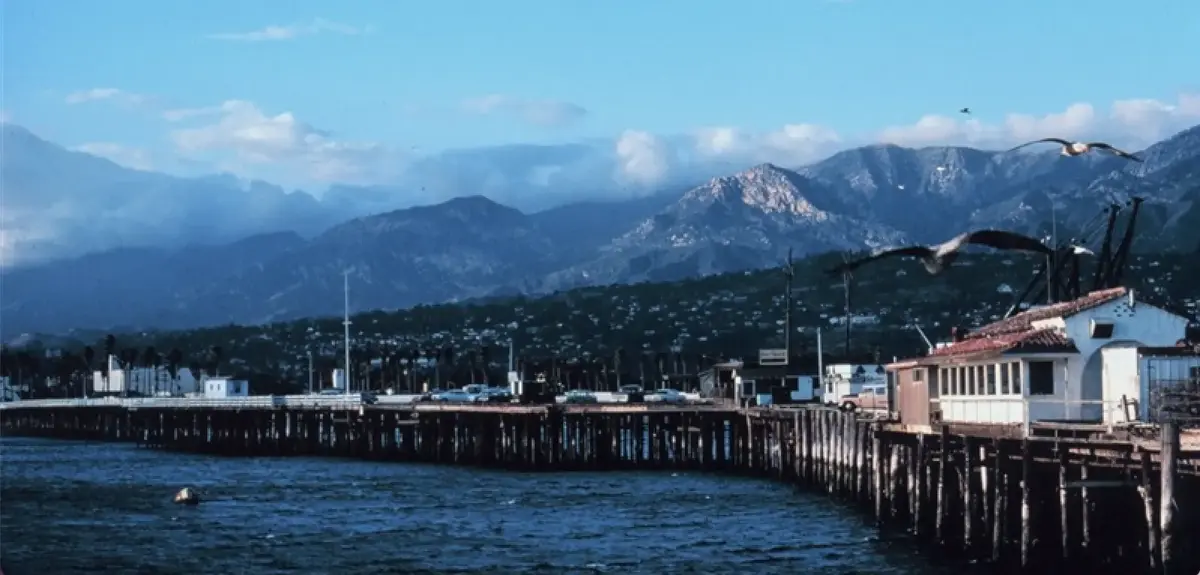Understanding barriers to access and equity in the Knauss Fellowship Program

What was the challenge?
The John A. Knauss Marine Policy Fellowship Program (Knauss Fellowship) is a flagship fellowship program for the Department of Commerce’s National Oceanic and Atmospheric Administration (NOAA) administered by NOAA’s National Sea Grant College Program (Sea Grant). NOAA has identified the Knauss Fellowship as a key avenue for advancing a more diverse workforce in support of Executive Order 13985, On Advancing Racial Equity and Support for Underserved Communities Through the Federal Government.
Sea Grant has not been able to analyze the demographic characteristics of its applicants and fellows, and there is limited information about potential barriers to the fellowship program that members of underrepresented groups might face. Understanding selection outcomes for underrepresented groups and potential barriers in the application process may help the program identify changes that could increase access to and equity of the fellowship program.
What did we do?
We summarized administrative data describing the cohorts of applicants considered by the national program from Fiscal Year 2019 to 2023. These cohorts included a total of 682 finalist applicants forwarded by state programs to the national program and 401 fellows selected from the finalists. These data were used to summarize the distributions of gender, degree programs, and Sea Grant vs. non-Sea Grant institutional backgrounds among selectees and non-selectees.
We also collaborated with Sea Grant to learn more about the experience of individuals involved in the Knauss fellowship application and selection process. This included surveys of current and former Knauss fellows, prospective applicants who joined an online informational webinar, and state Sea Grant staff. The surveys asked respondents about their experiences with the fellowship program and application process, beliefs about the benefits and drawbacks of the program, reasons for applying or not applying, and basic demographic information. Survey responses were used to understand the experience of applicants and non-applicants to the fellowship program and to characterize the barriers that potential applicants may face.
What did we learn?
There was no strong evidence that the selection process favored any particular group of applicants. Analysis of the administrative data did not show any statistically significant differences in the distributions of those selected and not selected for the fellowship related to gender, program of study, or attendance at a university affiliated with the Sea Grant program. It does appear that those selected are more likely to have a Ph.D. than those not selected.
Survey data on the application process did not identify any clear differences in how different groups of students experience the application process. Individuals who identify as members of underserved groups were well-represented in the survey data, but the data did not reveal any notable differences in responses between those respondents and respondents who did not identify as members of underserved groups. In particular, the most commonly selected positive and negative aspects of the program were the same for underserved groups and the overall sample of respondents. Top positive aspects of the program were: “networking opportunities,” “fellowship will make me more competitive for the types of jobs I want,” and “ability to do work related to marine, coastal, or Great Lakes policy.” The most common pain points identified were: “application process seemed long and complicated,” “timeline of the fellowship program,” and “requirement to live and work in Washington, DC, during the fellowship period.”
Networks and resources during the application process are important for applicants. Most respondents found out about the program from colleagues or graduate departments, and many attended webinars before applying. For preparing applications, some respondents suggested that resources like timelines, reminders and planning prompts, templates, transparent scoring rubrics, and examples of successful applications were cited as potentially useful tools for applicants. Respondents also identified connections with alumni of the program as a useful source of information about building a strong application.
Assessing program barriers is difficult because there were few respondents to the survey who did not apply to the fellowship program. The survey identified what several applicants and Fellows experienced as aspects of the program that were more or less difficult to navigate. However, very few non-applicants responded to the survey, limiting the ability to draw conclusions about what may have prevented some potential applicants from applying.
This project did not have an Analysis Plan.
